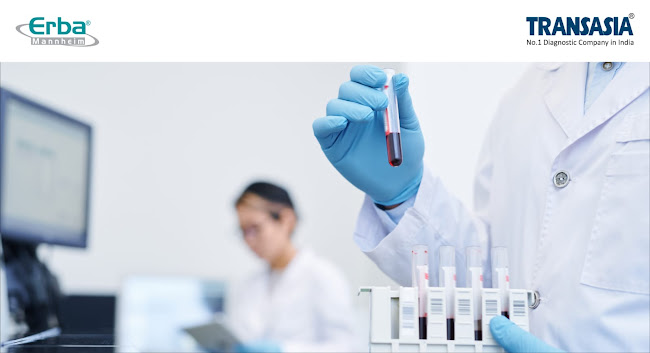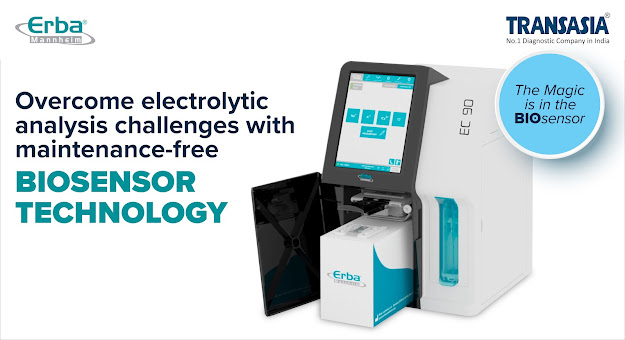HbA1c: An Important Biomarker in diagnosis and prognosis of diabetes patients

One of the main purposes of laboratory tests is to aid medical reasoning after obtaining the clinical history and performing the physical examination by the laboratory team. To this end, all test execution phases, especially the pre-analytical phase, must be conducted following the technical rigor necessary to ensure patient safety and accurate results, so that the conduction of the patient's prognosis is more assertive. The measurement of HbA1c, when measured in whole blood, by immunoturbidimetric assay, in biochemical equipment from the XL family, such as the XL 200 equipment, plays an important role in the diagnosis of Diabetes. Diabetes is a global endemic with rapidly increasing prevalence in both developing and developed countries. The American Diabetes Association has recommended glycated hemoglobin (HbA1c) as a possible substitute to fasting blood glucose for diagnosis of diabetes. HbA1c is an important indicator of long-term glycemic control with the ability to refle...





